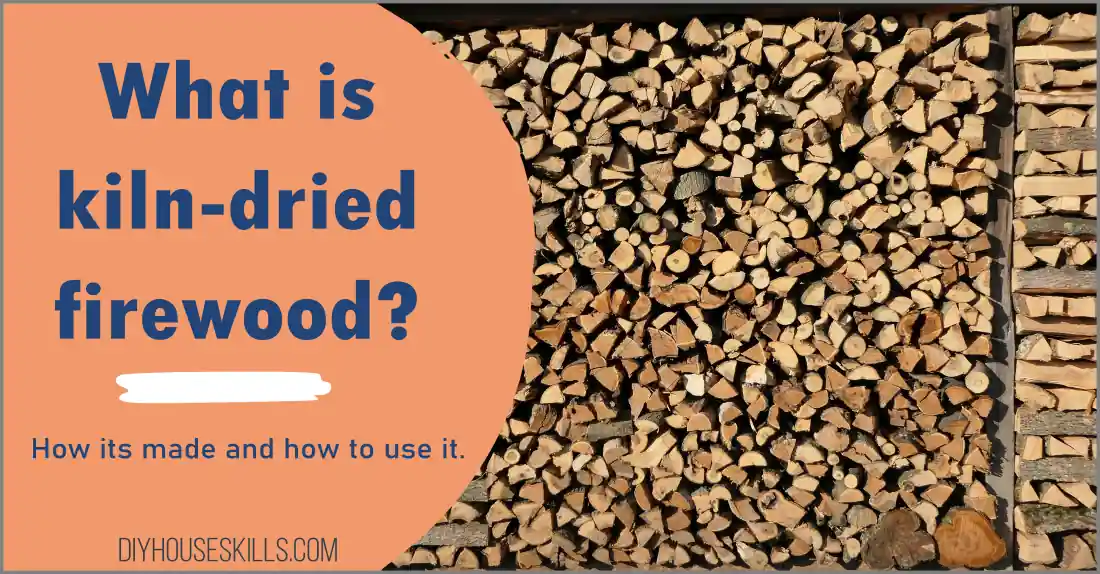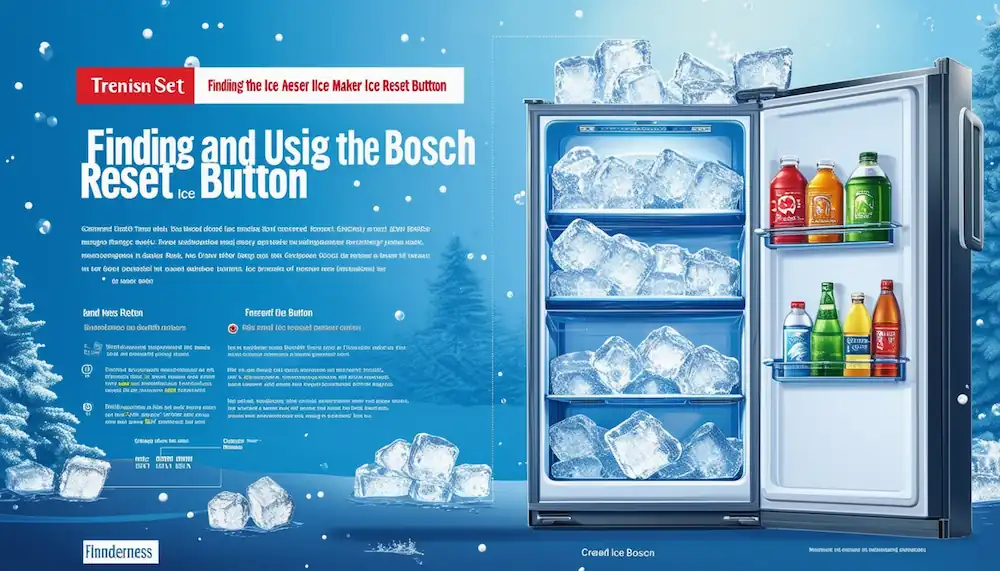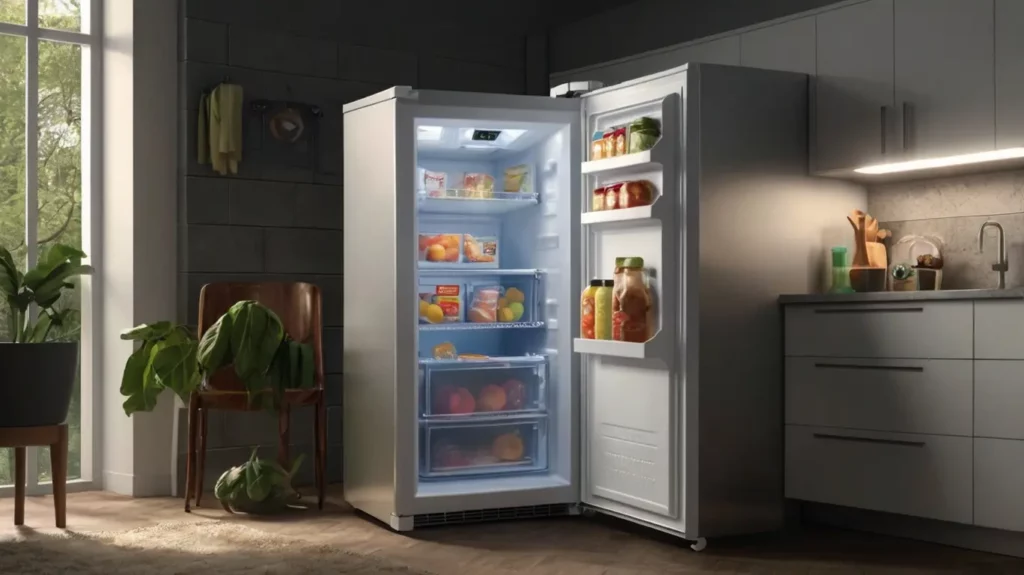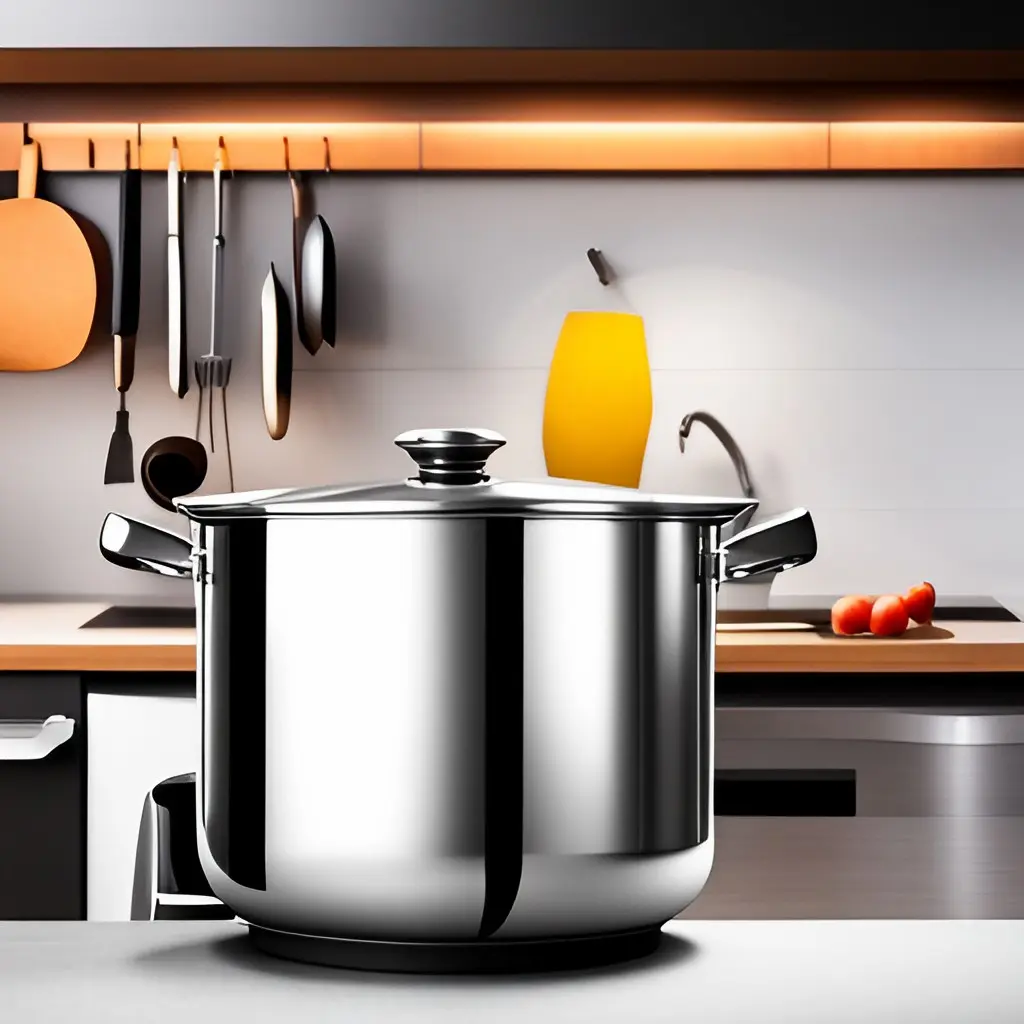If you’re looking for the best kind of firewood to use in your fireplace or wood stove, you should consider kiln-dried firewood.
Kiln drying is a process that uses heat and airflow to remove moisture from the wood, which makes it burn more efficiently.
In this blog post, we will discuss what kiln-dried firewood is and everything you need to know about it.
THIS POST MAY CONTAIN AFFILIATE LINKS. As an Amazon Associate, I earn from qualifying purchases. PLEASE READ MY DISCLOSURE FOR MORE INFO.
Kiln-Dried Firewood: How It’s Made and Why It’s the Best Choice for Your Fireplace
If you’re like most people, you probably think all firewood is the same. But if you’ve ever had the opportunity to burn kiln-dried firewood, you know that it’s a completely different experience.
What Is Kiln-Dried Firewood?
Kiln-dried firewood is a premium product that delivers a number of benefits over regular, air-dried wood. If you’re looking for firewood that will give you the best burn possible, kiln-dried wood is the way to go.
Not only does it produce less smoke and sparks, but it also burns hotter and cleaner than other types of firewood.
So, how is it made?
How Kiln-Dried Firewood Is Made
Kiln-dried firewood is made by placing cut logs in a kiln and heating them to temperatures between 160 and 220 degrees Fahrenheit.
This process drives out all the moisture from the wood, which results in a much higher burn temperature.
As the wood dries, the level of humidity in the chamber is monitored to prevent the wood from drying too quickly, which can cause cracking and splitting.
In addition, kiln-drying also kills any insects or larvae that may be lurking inside the wood.
Find a top-seller on Amazon – Smoak Firewood – Kiln-Dried Premium Oak Firewood 120/140 lbs of firewood.
Or, Smoak Firewood Cooking Wood Mini Splits – USDA Certified Kiln Dried (8inch Pieces, 25-30lbs – Red Oak) Pizza Oven Wood.
What Is The Moisture Content?
The moisture content of kiln-dried firewood is anywhere from 8 percent up to 20 percent, although it can be as low as 6 percent. This will depend on the kiln and the wood that is being used.
A USDA-certified firewood producer will offer 8 to 12 percent moisture content of their kiln-dried products to ensure insects and larvae are killed. Per the USDA website “Heat treating firewood to 60 ̊C (140 ̊F) for 60 min decreases the survival of insects and diseases.”
In comparison, regular air-dried firewood can have a moisture content of about 30 to 40 percent. Again, this is determined by the length of time the wood is left to dry and the type of wood.
Related: You need to be using the best wood pellets for smoking. In this blog post, we discuss the best types of wood pellets for smoking and provide a list of our top picks.
Benefits Of Kiln-Dried Firewood
The benefits of using kiln-dried firewood are many.
- Because kiln-drying removes more moisture from the wood than air drying, it results in a lighter load. This means you can get more pieces of kiln-dried lumber per trip, saving you time and money.
- Kiln-dried firewood burns hotter and cleaner than regular firewood because there’s less water vapor being released as it burns. This results in increased energy efficiency and fewer harmful emissions being released into the atmosphere.
- In addition to burning hotter and producing less smoke and sparks, it also lights more easily and doesn’t leave behind as much ash.
- Finally, kiln-drying prevents insects and mold from infesting the wood, making it a safer choice for your family and your home.
Uses Of Kiln-Dried Firewood
Kiln-dried firewood is ideal for use in fireplaces, wood stoves, and outdoor fire pits.
Because it burns so hot and clean, it’s also a great choice for cooking food over an open flame.
- Use it in your fireplace for less smoke and fewer sparks and get a hotter, longer-lasting fire.
- Use it for outdoor campfires because it is easier to light and produces less smoke.
- Use it for cooking food because it burns cleaner, hotter, and more evenly.
Many people use it for their competition or competitive cooks because it gives them a consistent, high-quality product that they can rely on.
Related: Electric smoker vs. pellet smoker buying guide and differences. If you’re in the market for a new smoker, you may be wondering which type is best for you, this article will explain.
Kiln-Dried Firewood Cost
Kiln-dried firewood is a popular choice among homeowners looking to add warmth and ambiance to their homes during the colder months. Since this type of wood has been intensively dried using hot air, it provides better combustion efficiency than other types of wood.
As such, the cost of kiln-dried firewood can vary depending on a number of factors, including the quantity purchased and the specific supplier used.
But what are the typical costs associated with buying kiln-dried firewood?
While the cost of kiln-dried firewood can vary depending on a number of factors, such as where you live and the type of wood you choose, it typically falls within the range of $300-$500 per half cord.
This can be significantly higher than other types of firewood, such as dry or seasoned wood.
However, users report that kiln-dried wood offers greater benefits in terms of its ability to generate heat and its overall quality compared to other types of wood.
Summary
In conclusion, If you’re looking for high-quality firewood that will give you a hot, clean burn, kiln-dried firewood is the way to go.
Thanks to its many benefits, kiln-died wood is becoming increasingly popular among fireplace owners and campers alike. So next time you’re at your local hardware store or lumberyard, be sure to ask for kiln-dried firewood – your fireplace will thank you.

I’m J.S., I created and am the content manager at DIYHouseSkills.com. I do the research and write the articles that appear on this website. I’ve learned many household skills during my life and think it’s important to at least know the basics so that you can save yourself time and money… READ FULL BIO >
- DIY Secrets: Finding and Using the Bosch Ice Maker Reset ButtonHow do I find and use the Bosch ice maker reset button? The Bosch ice maker reset button is typically located at the front or side of the ice maker unit. To reset your Bosch ice maker, press and hold the reset button for about 10 seconds until you hear a beep. This action will… Read more: DIY Secrets: Finding and Using the Bosch Ice Maker Reset Button
- Chest Freezer vs. Upright Freezer: Which Should You Buy?Choosing the right freezer for your home can significantly impact your food storage capabilities and energy bills. This comparison will help you decide between a chest freezer and an upright freezer based on various crucial factors. Immediate Answer When deciding between a chest freezer and an upright freezer, consider the following key factors to determine… Read more: Chest Freezer vs. Upright Freezer: Which Should You Buy?
- Say Goodbye to Stubborn Stains on Stainless Steel PotsImmediate Answer Effectively cleaning stainless steel pots involves a few straightforward steps. First, rinse the pot with warm water to remove any loose debris. Next, scrub with soapy water using a non-abrasive sponge. For tough stains, use a paste of baking soda and water or apply vinegar directly. Rinse thoroughly and dry completely to prevent… Read more: Say Goodbye to Stubborn Stains on Stainless Steel Pots
- Transform Your Morning Brew: Expert Tips for Better CoffeeFinding the perfect cup of coffee can transform your morning, setting a positive tone for the day ahead. Whether you’re a seasoned home barista or just starting your coffee journey, mastering a few essential techniques can elevate your brew from ordinary to extraordinary. Immediate Answer Follow-Up Questions Understanding Your Beans Types of Coffee Beans Understanding… Read more: Transform Your Morning Brew: Expert Tips for Better Coffee
- Effortlessly Remove Mold From Tile Grout with These Easy StepsImmediate Answer To effectively remove mold from tile grout, you need to follow a systematic approach that ensures both the mold is eradicated and future growth is prevented. The process involves using appropriate cleaning agents such as baking soda, borax, hydrogen peroxide, or specialized mold remover solutions, along with scrubbing the affected areas and taking… Read more: Effortlessly Remove Mold From Tile Grout with These Easy Steps






